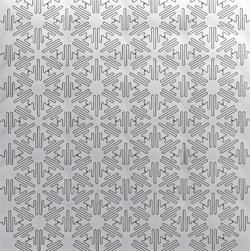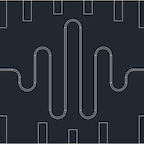
On-chip quantum simulation with superconducting circuits
Type
Using a well-controlled quantum system to simulate complex quantum matter is an idea that has been around for 30 years and put into practice in systems of ultracold atoms for more than a decade. Much recent excitement has focused on a new implementation of quantum simulators using superconducting circuits, where conventional microchip fabrication can be used to take design concepts to experimental reality, quickly and flexibly. Because the quantum ‘particles’ in these simulators are circuit excitations rather than physical particles subject to conservation laws, superconducting simulators provide a complement to ultracold atoms by naturally accessing non-equilibrium physics. Here, we review the recent wealth of theoretical explorations and experimental prospects of realizing these new devices.

